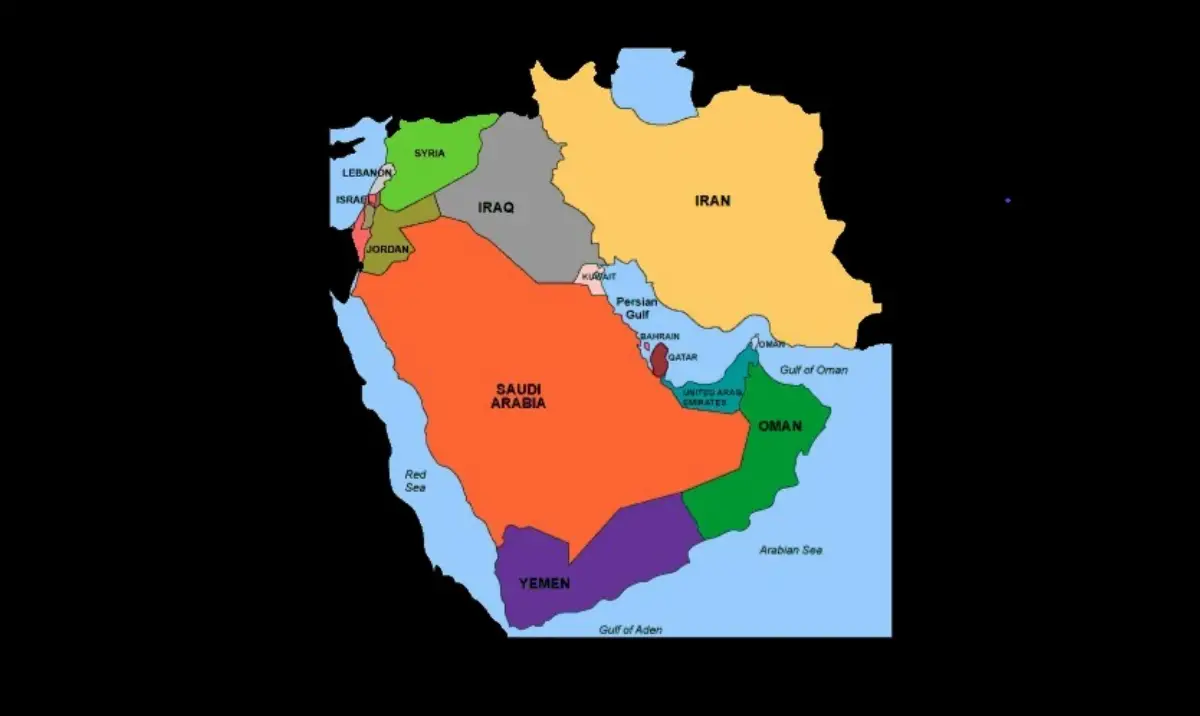
Middle East (3): fronts and strategic alliances in the current incandescent climate
Not just diplomacy: international cooperation has intensified in these hours

The French armed forces, in synergy with the British and American ones, shared yesterday evening a crucial role in the surveillance and identification of drones and missiles coming from Iran and heading towards Israel. Acting as the first shield, allied fighter planes took to the skies to intercept missiles and drones headed for Israeli territory. For example, US F-18s alone, which took off from the Eisenhower aircraft carrier positioned in the northern part of the Red Sea, intercepted more than 70 drones and at least three ballistic missiles. Jordan also carried out interceptions from its territory after closing its airspace. But as effective as their interventions were, this did not prevent dozens of Tehran missiles and drones from reaching Israeli airspace, where the faithful multi-level air defense shield which includes the now famous "Iron Dome" intervened to protect the country, entered into operation in 2011.
This action fits into a broader context, marked by the statement of Israeli military spokesman Rear Admiral Daniel Hagari, who underlined how the United States, United Kingdom and France took an active part in responding to the attacks carried out by Iran against Israel. “We are working closely with the United States, the United Kingdom and France, who acted this night. This partnership has always been close, but this evening it manifested itself in an unusual way", commented the rear admiral.
At this point, looking at the map of the region, the primary fronts and alignments are well delineated (free from known and lesser-known alliances and cooperation): on the one hand Iran, Iraq and Syria, on the opposing front are Israel, Jordan and the United Arab Emirates.
See for details AVIONEWS.
AVIONEWS - World Aeronautical Press Agency